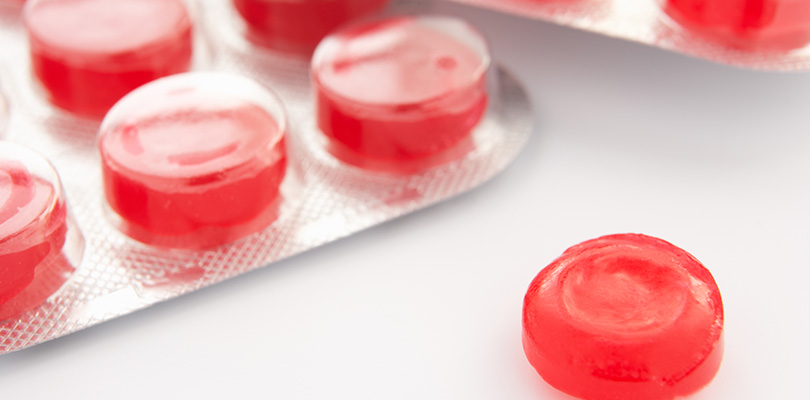Understanding Vaginal Atrophy
Many women experience symptoms of vaginal atrophy due to a variety of different reasons. While vaginal atrophy may sound like a simple problem to solve, the truth is that it can grow into a much more serious issue if left untreated.
This article will outline the basics of vaginal atrophy including the causes, symptoms, diagnosis, and treatment options available so that you can gain a better understanding of this common condition.
What Is Vaginal Atrophy?
Vaginal atrophy, also known as atrophic vaginitis, is a condition in which a woman experiences excessive thinning, dryness, and inflammation of the vaginal walls due to the gradual decrease of estrogen levels in the body. Most often, this condition is seen in postmenopausal women; however, vaginal atrophy can occur in different periods of the woman’s life for various other reasons, as will be discussed later in this article.
Causes of Vaginal Atrophy
The main reason why atrophic vaginitis develops is decreased estrogen levels in the body, which can be found in a variety of women, including:
Menopausal and Post-Menopausal Women
Most often, vaginal atrophy develops during and after menopause when a woman’s body is changing due to decreasing levels of estrogen and progesterone hormones in the body. The low estrogen levels in the body cause the vaginal walls to become thinner and less elastic, and also causes decreased production of vaginal fluids, leading to vaginal dryness.
Women That Have Had Their Ovaries Removed
Women who have had their ovaries removed are also at high risk for developing symptoms of vaginal atrophy due to decreasing hormone levels, even though they are often taking hormone replacement therapy after removal of their ovaries.
Postpartum and Breastfeeding Mothers
Women who have just given birth, as well as those that are breastfeeding, also experience a drop in their estrogen levels, and because of this, they are at an increased risk of experiencing atrophic vaginitis.
Symptoms of Vaginal Atrophy
The most obvious symptom of vaginal atrophy is vaginal dryness. Apart from this, other symptoms that a woman may experience include:
- Vaginal burning and/or itching
- Vaginal bleeding or spotting
- Vaginal discharge
- Pain with sexual intercourse (dyspareunia)
Additionally, many women with vaginal atrophy experience an increased risk of urinary tract infections, resulting in pain and burning with urination, an intense or frequent urge to urinate, dark and cloudy urine that may have a strong odor, fatigue, and in some cases, fever and/or chills.
Diagnosis of Vaginal Atrophy
Diagnosis of vaginal atrophy begins with a detailed history of signs and symptoms, followed by a thorough physical examination including a pelvic exam, urine test, and an acid balance test. These tests will help to diagnose the underlying cause of symptoms, and determine the best course of treatment to get symptoms under control.
Treatment for Vaginal Atrophy
When it comes to atrophic vaginitis, there are a variety of treatment options available, including both natural and conventional ones.
Physicians often recommend over-the-counter remedies to improve symptoms of vaginal atrophy initially, including:
- Vaginal moisturizer – the moisturizer is applied every two to three days to restore vaginal moisture.
- Water-based lubricant –used to decrease discomfort during intercourse.
If over-the-counter remedies do not provide relief, estrogen therapy to increase estrogen levels within the body may be recommended. The type of estrogen therapy used is a very personal decision and should be based on the patient’s signs, symptoms, and personal preferences. The most commonly used estrogen therapies include:
- Topical estrogen cream – this cream is inserted via an applicator into the vagina. This cream is typically used daily for a period of one to three weeks, followed by one to three times a week after the initial treatment period.
- Vaginal estrogen tablet – a tablet is inserted via an applicator into the vagina. The physician determines the frequency and duration of treatment.
- Estrogen releasing ring – a flexible, soft ring that releases a constant dose of estrogen is inserted into the upper part of the vagina. The ring needs to be replaced about once every three months.
- Systemic estrogen therapy – options such as estrogen pills, gels or patches, or a higher dose estrogen ring are options that may be recommended if the patients have additional menopausal symptoms, including hot flashes. If the patient hasn’t had a hysterectomy, progestin will be prescribed along with estrogen. If the patient has had a hysterectomy, estrogen therapy can be used alone.
In addition to estrogen therapy, lifestyle changes can help to control symptoms of vaginal atrophy. These lifestyle changes include:
- Engaging in regular physical exercise
- Eating a healthy, balanced diet
- Quitting smoking
- Staying hydrated
- Staying sexually active
- Practicing safe sexual practices
Conclusion
Vaginal atrophy can create troublesome symptoms including vaginal dryness, itching, and burning, and can also lead to an increased risk of urinary tract infections. Vaginal atrophy affects many postmenopausal women, as well as women that have had their ovaries removed, and those that have just given birth and are breastfeeding.
If you think you might be suffering from atrophic vaginitis, it’s important to discuss your concerns with your physician. There are a variety of treatment options to choose from to increase your estrogen levels and get your symptoms under control.






